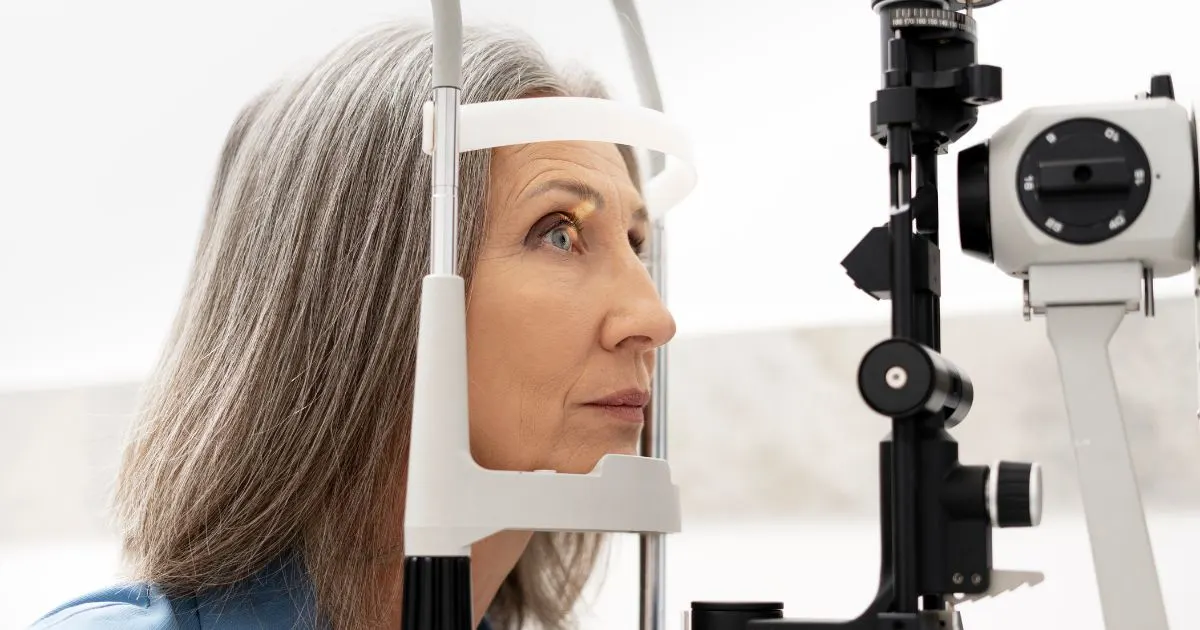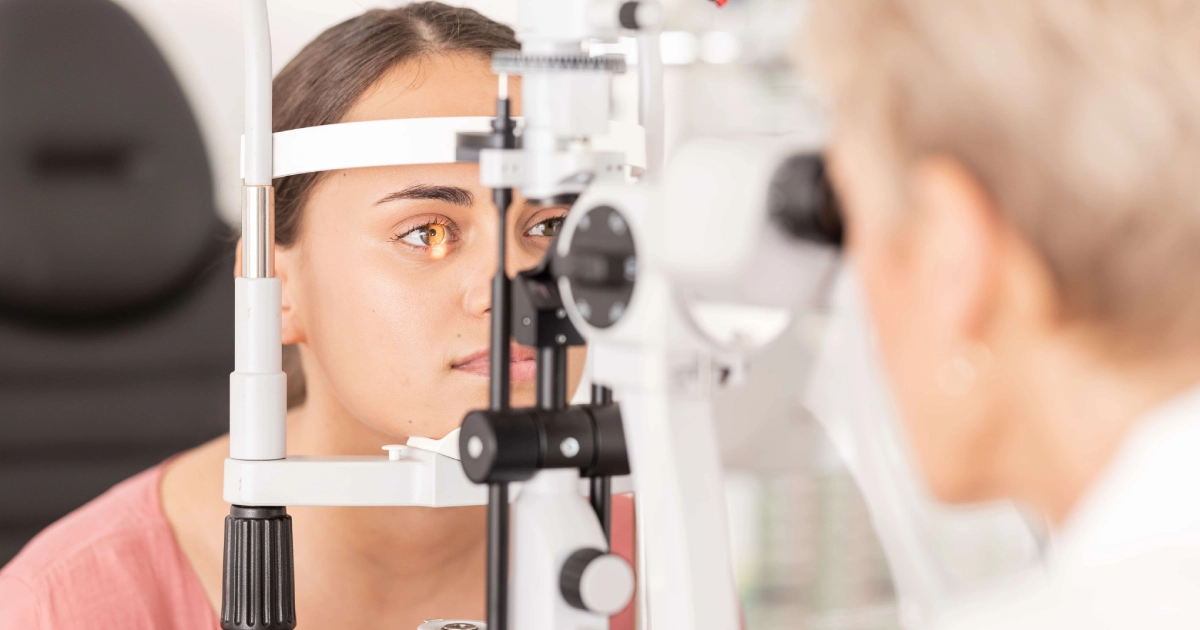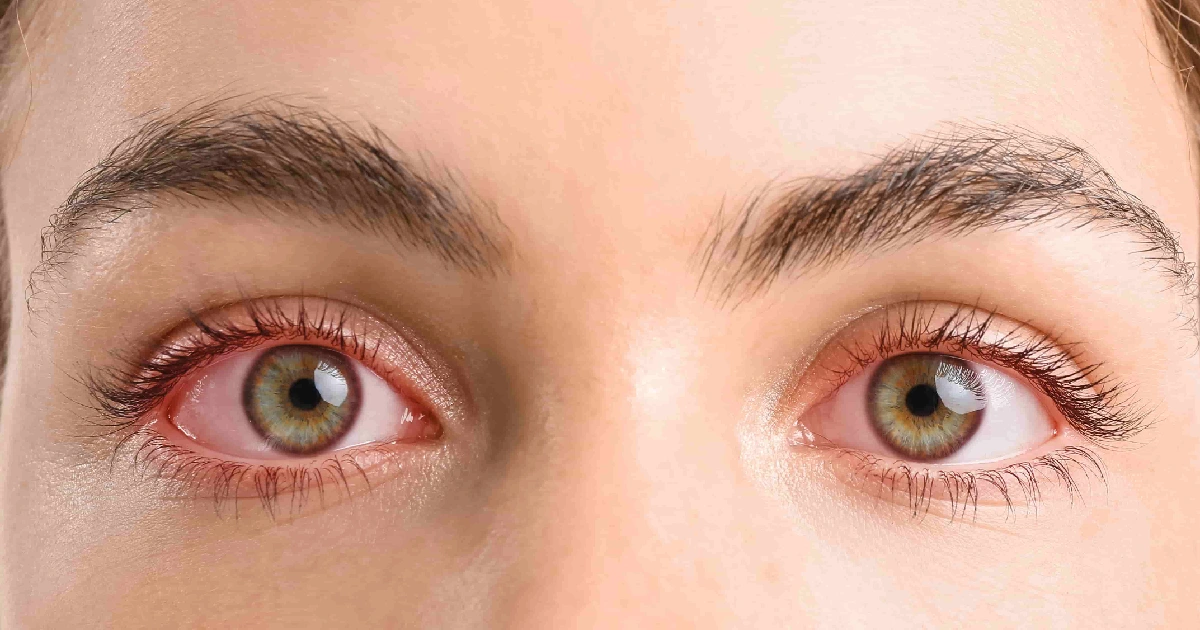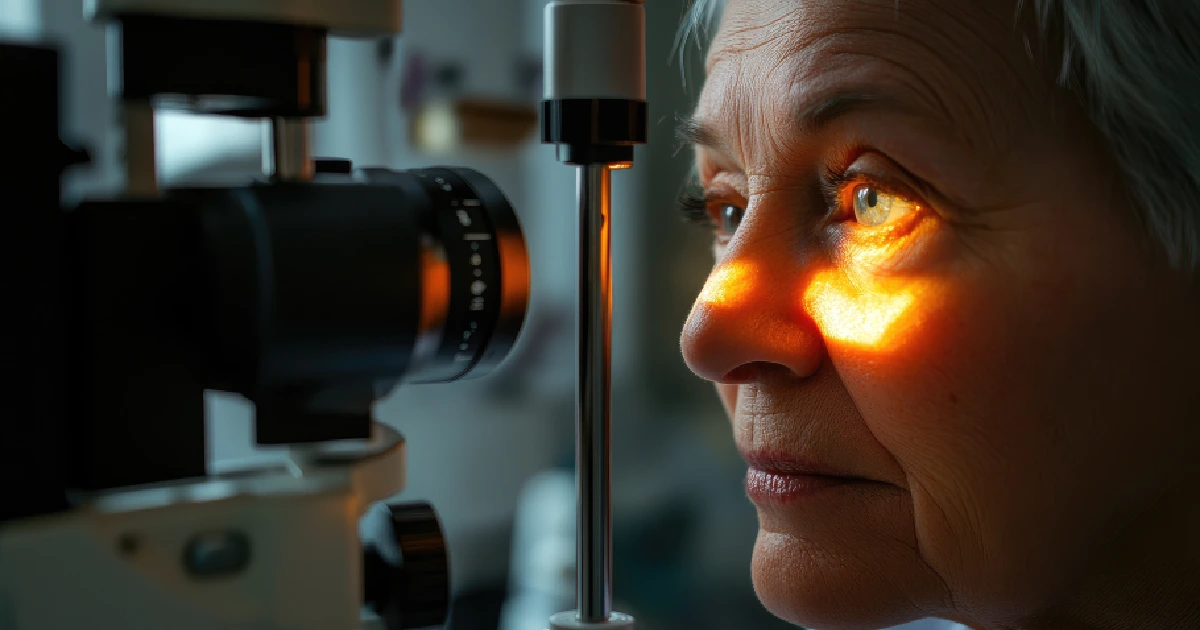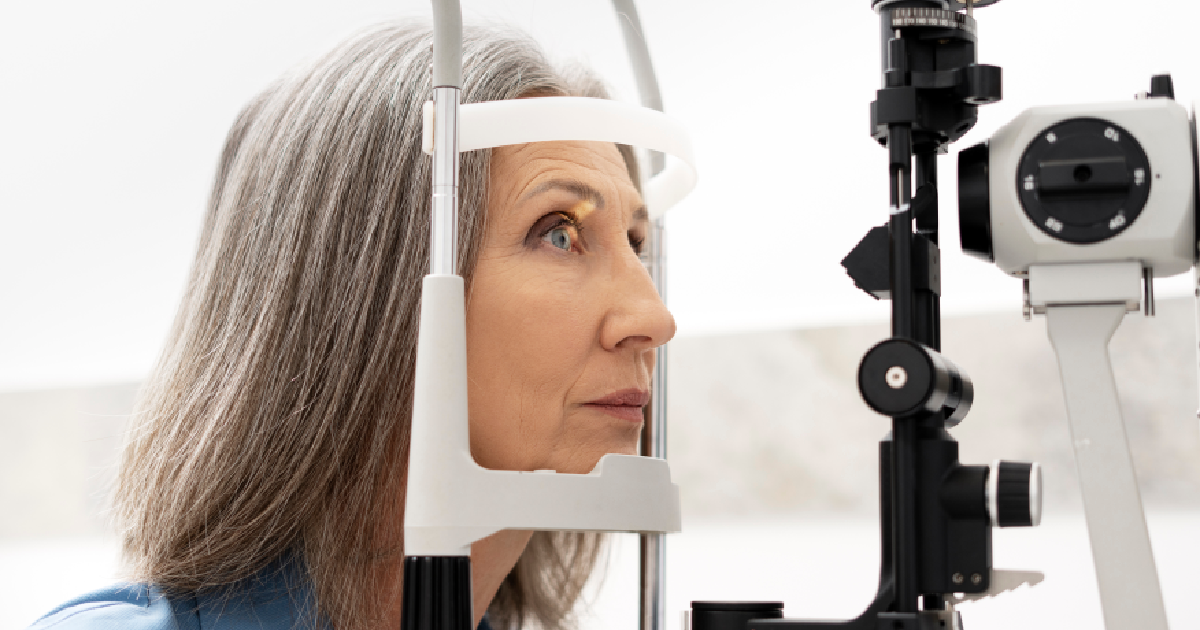Table of Contents
As we age, our eyes undergo various changes, and one of the most common age-related vision conditions is cataracts. In fact, according to the National Eye Institute, more than half of all Americans aged 80 or older either have a cataract or have undergone surgery to remove one. Whether you’ve noticed changes in your vision or are simply seeking to understand this common condition better, this comprehensive guide will explain the main causes of cataracts and provide valuable insights into prevention and treatment options.
What Exactly is a Cataract?
A cataract occurs when your eye’s natural lens becomes cloudy, similar to looking through a foggy window. This lens, located behind the iris (the colored part of your eye), works much like a camera lens, focusing light onto the retina to create clear images. When the lens becomes clouded by a cataract, it affects how light reaches your retina, resulting in blurred or dimmed vision.
Common symptoms of cataracts include:
- Blurred or cloudy vision
- Increased difficulty with night vision
- Sensitivity to light and glare
- Seeing “halos” around lights
- Frequent changes in eyeglass prescriptions
- Fading or yellowing of colors
There are several types of cataracts, with the most common being age-related nuclear cataracts that form in the center of the lens. Understanding your cataract type helps determine the most effective treatment approach.
Primary Causes of Cataracts
While aging is the most common reason for cataract development, several other factors can contribute to or accelerate their formation:
Age-Related Changes
The proteins in your eye’s lens naturally break down and cluster together as you age, gradually leading to clouding. This process typically begins around age 40, though it may not noticeably affect vision until years later.
Medical Conditions
Certain health conditions significantly increase the risk of developing cataracts:
- Diabetes
- High blood pressure
- Obesity
- Previous eye injuries or inflammation
- Prolonged use of corticosteroid medications
Environmental and Lifestyle Factors
Your daily habits and environment can impact cataract development:
- Excessive exposure to sunlight
- Smoking
- Heavy alcohol consumption
- Poor nutrition
- Prolonged use of certain medications
Risk Factors and Prevention Strategies
While some risk factors for cataracts are beyond our control, many prevention strategies can help maintain eye health and potentially slow cataract progression:
Protective Measures
- Wear UV-blocking sunglasses and a hat with a brim when outdoors
- Quit smoking or don’t start
- Maintain a healthy weight
- Control other health conditions like diabetes and high blood pressure
Lifestyle Changes
- Eat a diet rich in fruits and vegetables, particularly those high in antioxidants
- Stay physically active
- Limit alcohol consumption
- Get regular eye examinations to detect early changes
Early detection through regular eye exams is crucial for monitoring any changes in your vision and addressing them promptly.
Treatment Options for Cataracts
When it comes to cataract treatment, various options are available depending on the stage and severity of the condition. At Norwood Park Eye Center, we offer comprehensive care tailored to each patient’s needs.
Non-Surgical Management
In early stages, cataracts can often be managed with:
- Updated eyeglass prescriptions
- Anti-glare coatings on lenses
- Better lighting for reading and daily activities
- Magnifying devices for detailed tasks
Surgical Treatment
When cataracts significantly impact your quality of life, surgery becomes the most effective solution. Cataract Surgery at Norwood Park Eye Center is a specialized outpatient procedure performed by skilled ophthalmologists. The procedure involves:
- Making a tiny incision in the eye
- Using ultrasound technology to break up the clouded lens
- Removing the old lens material
- Implanting a clear artificial lens
Most patients experience improved vision within days after surgery, with results that last a lifetime. The procedure is safe, effective, and typically takes less than 30 minutes to complete.
Living with Early-Stage Cataracts
If you’ve been diagnosed with early-stage cataracts, several strategies can help you maintain your quality of life:
Daily Living Tips
- Increase lighting in your home
- Use magnifying devices when needed
- Reduce glare by adjusting lighting and using window shades
- Keep your eyeglass prescription current
Monitoring Your Condition
Regular check-ups with your eye care professional are essential to track the progression of your cataracts and determine the best time for intervention.
Taking the Next Step
Understanding cataracts is the first step toward maintaining your eye health and quality of life. At Norwood Park Eye Center, our experienced team of ophthalmologists specializes in comprehensive cataract care, from early detection to advanced surgical solutions. We’re committed to providing personalized care and guidance throughout your journey to clearer vision.
Don’t let cataracts compromise your vision and quality of life. Call Us to Learn More About Cataract treatment options and schedule a consultation with our expert team. Our dedicated professionals will assess your condition and help you make informed decisions about your eye health.
Remember, early intervention and proper care are key to maintaining healthy vision. Whether you’re experiencing symptoms or simply want to take preventive measures, we’re here to help you see clearly into the future.

